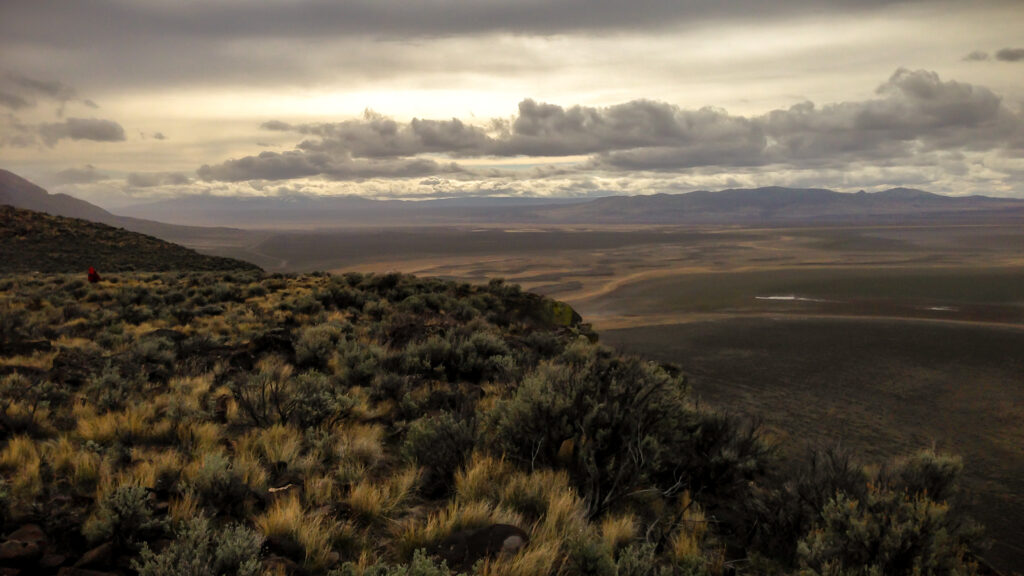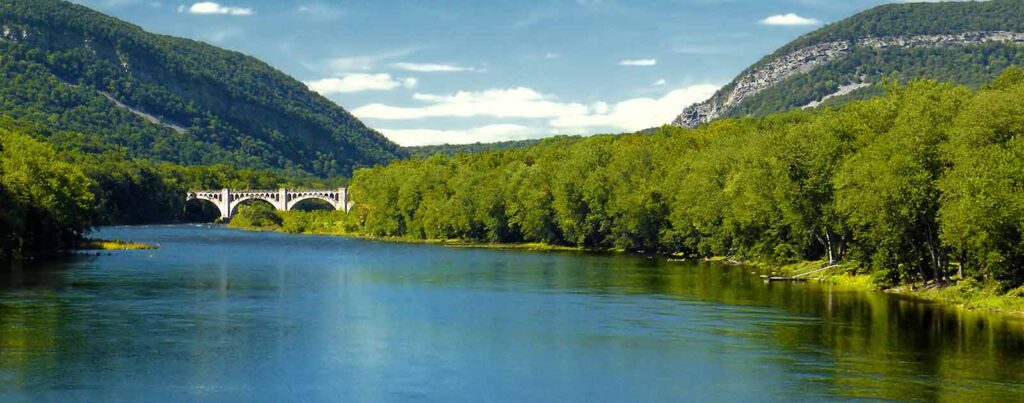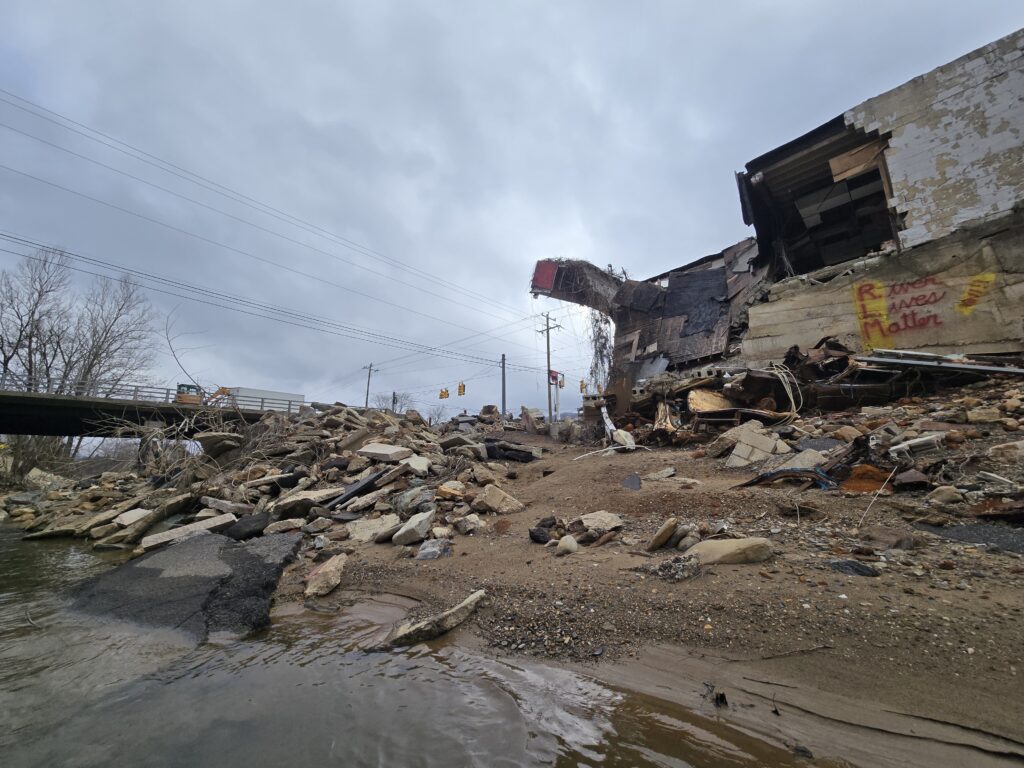“Groundhog Day” in the Pacific Northwest: Region needs to come together around new solutions for salmon and communities
It feels like we've been here before. Isn’t it time for new solutions?
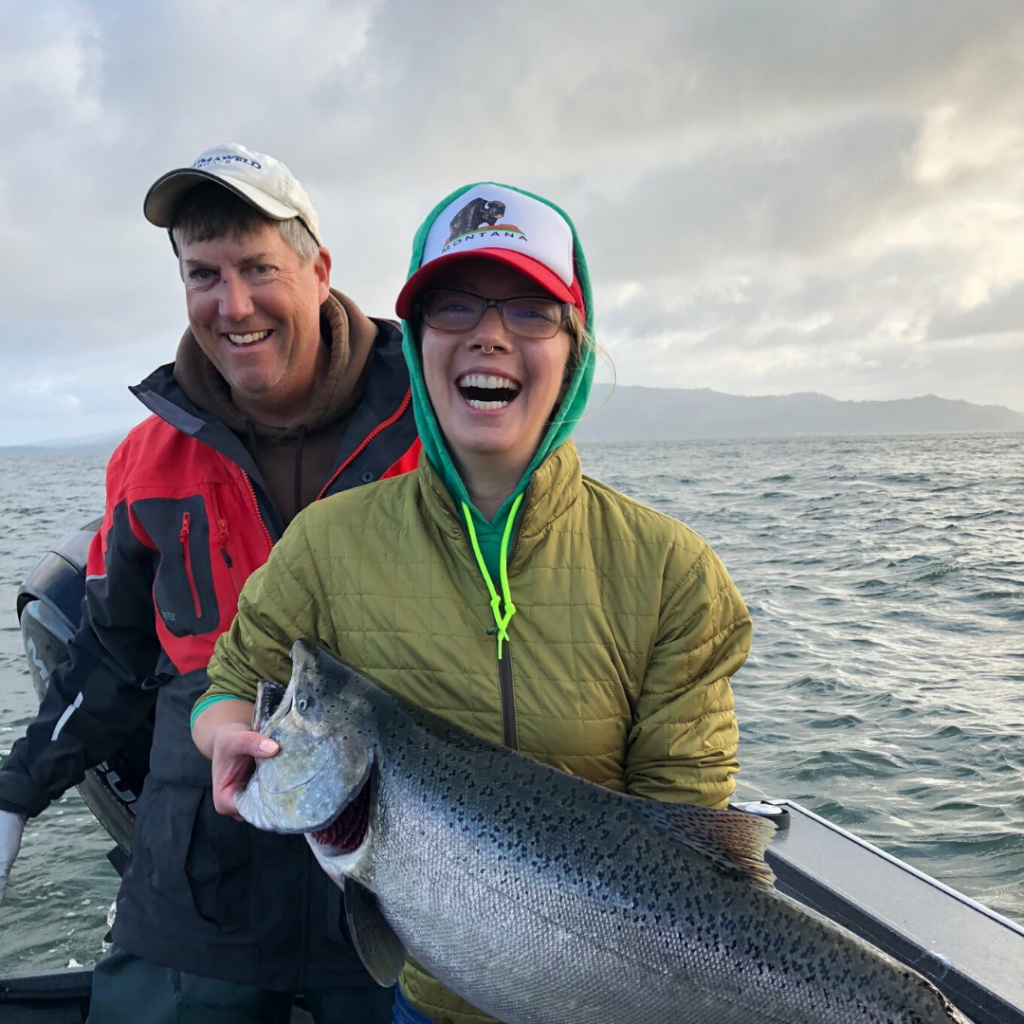
On Friday, February 28, the U.S. Army Corps of Engineers, U.S. Bureau of Reclamation, and Bonneville Power Administration released a draft environmental impact statement addressing the latest plan for operations of the hydropower dams on the Columbia and Snake rivers. Five plans have failed already, rejected by courts as illegal and inadequate for saving endangered salmon, and the same fate likely awaits this one.
Salmon-dependent communities across the Pacific Northwest feel like Bill Murray in Groundhog Day, reliving the same day over and over again. We’re looking at yet another Snake River salmon recovery plan that will almost certainly fail and is unlikely to survive legal challenges. Isn’t it time for new solutions?
For 20 years, the federal government and Northwest ratepayers have made investments totaling more than $16 billion in salmon recovery in the Columbia-Snake Basin. These actions have been necessary to lessen the impacts of historic habitat loss, over-harvest, and the impacts of hydropower, but are not sufficient to recover salmon and steelhead to healthy, harvestable and sustainable numbers.
It’s clear this environmental impact statement will not provide a comprehensive solution for our salmon, energy and agriculture needs, nor will it address how the federal government will uphold its obligation to Columbia River treaty tribes. At American Rivers, our goal is not to simply avoid extinction, but to have our region thrive. And we’re not alone. Stakeholders across the region are eager to craft a comprehensive solution that brings communities together—rather than pitting them against one another. Strong leadership can help us solve each other’s challenges.
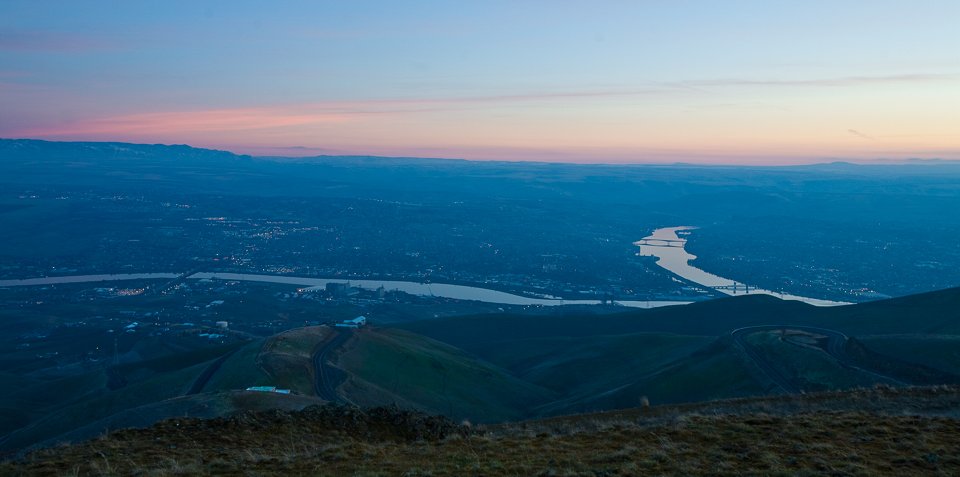
Our leaders are stepping up. Washington Governor Inslee, Oregon Governor Brown and Idaho Governor Little are spurring important dialogue about how we might reimagine our relationship with the Columbia and Snake rivers and ensure a future of abundant salmon, clean affordable energy and thriving agriculture. Key members of the Northwest Congressional delegation, who ultimately will need to craft a comprehensive legislative solution, are also supporting constructive conversations.
We share common values, and we can work together to address everyone’s needs. That’s why farmers are speaking up for salmon recovery. Fishermen are supporting upgrades to grain transportation. Businesses want investments in clean energy. We must focus on what connects us and commit to meeting the region’s energy, agricultural and conservation challenges together. The way forward is together.
What’s next?
- With the release of the DEIS release, a 45-day comment period invites public input. There will be a series of public hearings in March at locations around the Northwest. Public hearing dates and locations listed below.
- The final EIS is expected in June of 2020 with adoption of a new plan by September 2020.
How can you help?
- Attend a public hearing to learn more about the process and to speak on behalf of salmon, healthy rivers and healthy communities.
- Lewiston, ID | March 17 | 4 – 8 pm — Red Lion Hotel
- Kennewick, WA | March 18 | 4 – 8 pm — Red Lion Hotel
- Seattle, WA | March 19 | 4 – 8 pm — Hilton Seattle Airport
- Spokane, WA | March 25 | 4 – 8 pm — DoubleTree City Center
- Kalispell, MT | March 26 | 4 – 8 pm — Red Lion Hotel
- Portland, OR | March 31 | 4 – 8 pm — Oregon Convention Center
- Thank Governor Inslee for his leadership in bringing stakeholders together to chart a shared path forward.
- Thank Governor Brown for Oregon’s steadfast leadership on this issue and her recent call for collaborative, regional solutions.
